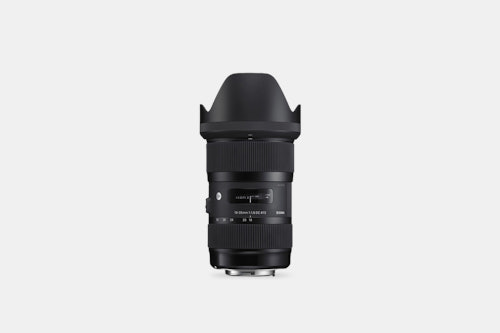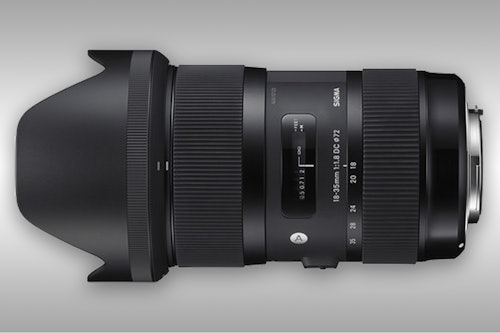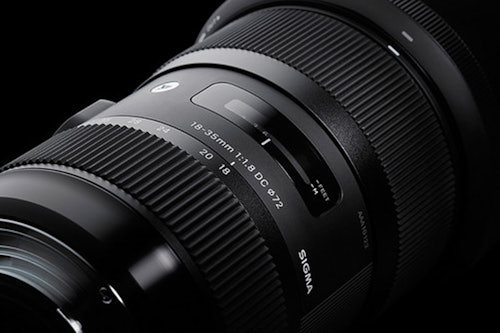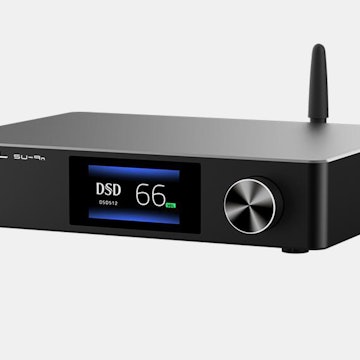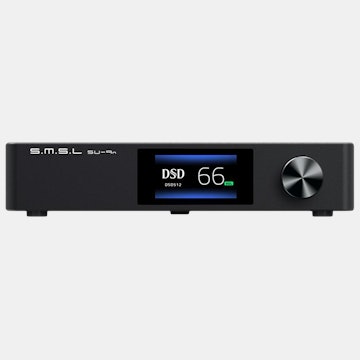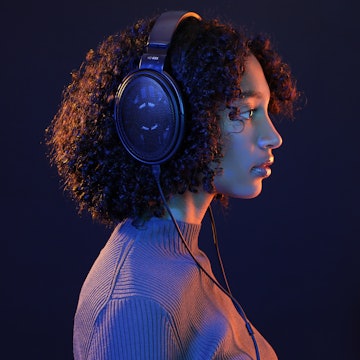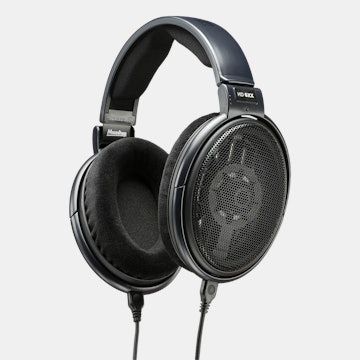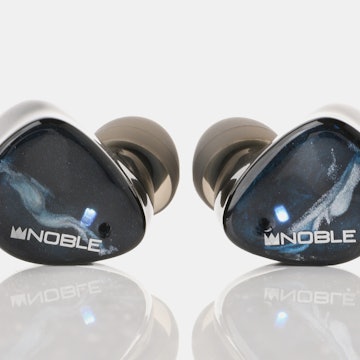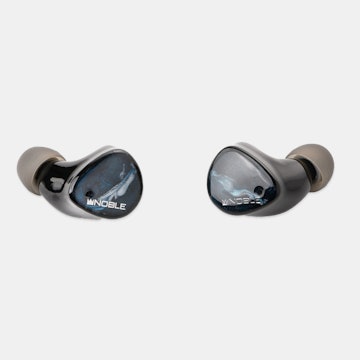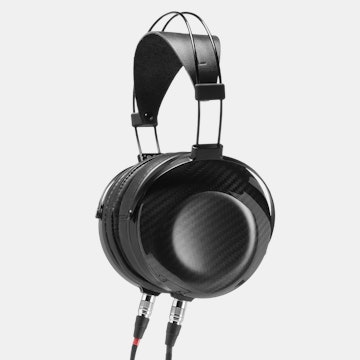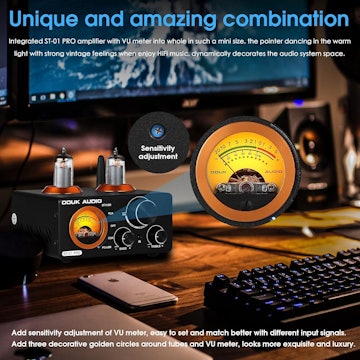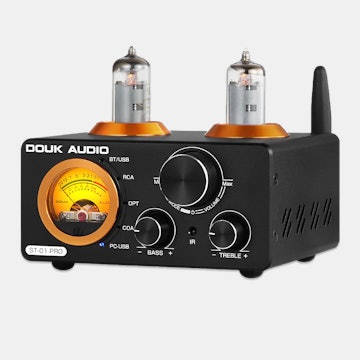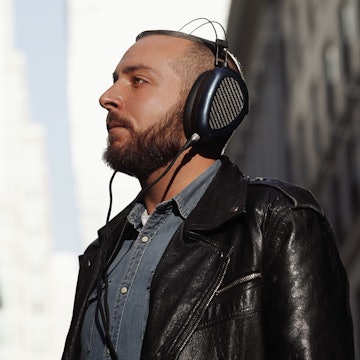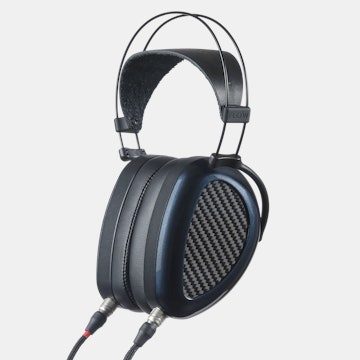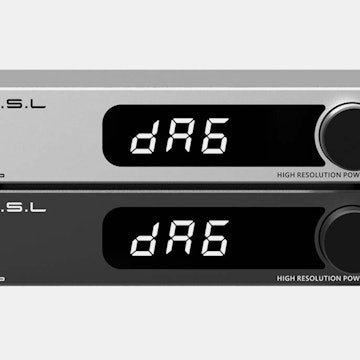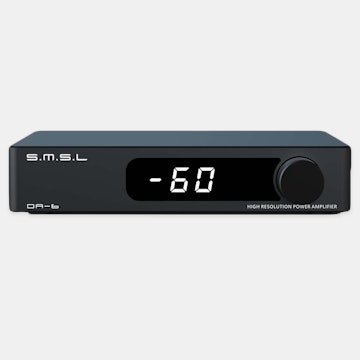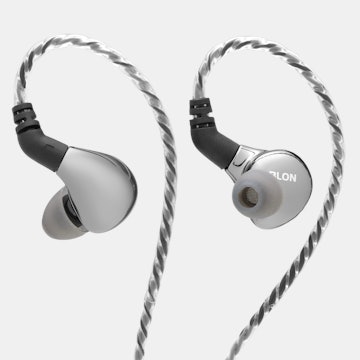Click to view our Accessibility Statement or contact us with accessibility-related questions



Sigma 18-35mm f/1.8 DC HSM Art Lens
Sigma 18-35mm f/1.8 DC HSM Art Lens
bookmark_border
Where's the price?
To negotiate the best possible price for our customers, we agree to hide prices prior to logging in.
2.7K requests
Product Description
The Sigma 18-35mm f1.8 DC HSM is a unique wide-angle to standard zoom lens that is capable of a maximum 1.8 aperture. One of the best general-purpose lens on the market, it acts as a 27-52.5mm lens on a 35mm camera, and is able to achieve a wide array of professional shots for landscape, portrait, casual, and macro photography Read More
Customer Reviews
5.0
(4 reviews)
5star(4)
4star(0)
3star(0)
2star(0)
1star(0)
search
close
Images
keyboard_arrow_downSort by: Newest
keyboard_arrow_downFrankCheng
0
Nov 5, 2020
checkVerified Buyer
My favorite lens to shoot
I bought this lens a few years back. Turns out, this has been my go-to lens with my crop sensor Nikon D90 shooting mostly urbanscape and travel photography. This lens stays on my camera 70% of the time. I've been trying to find a similar lens for my full frame D800 for a while, but I am still searching....
To see some examples shot with this lens, please look up "gundam0078" on Flickr.
Recommends this product? Yes
azrag45
0
Mar 31, 2019
checkVerified Buyer
Works great with Canon 80D

NacMacFeegle
35
Oct 19, 2018
checkVerified Buyer
https://youtu.be/8mlzu0qssvI
I've had this lens since August, and in that time it has rarely been detached from my camera. The quality of the images it produces is superb, and it is a phenomenal tool for creating Youtube videos. It's essentially like having a half dozen primes in one lens!
I've had this lens since August, and in that time it has rarely been detached from my camera. The quality of the images it produces is superb, and it is a phenomenal tool for creating Youtube videos. It's essentially like having a half dozen primes in one lens!

BF_Hammer
717
Jun 23, 2018
checkVerified Buyer
To sum up: Those thinking about changing to a FX body may want to get an FX size lens instead, but on DX bodies this is a no-brainer.
For years I kept the Nikon 17-35mm F2.8 FX lens on my Amazon wish list, but never could justify spending money toward it. I managed to not notice the release news about this first in the Sigma Art series. Once I discovered this as a drop and researched it, I was sold. When I do landscapes outdoors (a favorite subject of mine), I tend to work in the wide-angle range. My superzoom Tamron 18-270mm goes down to my working range, but it is not at it's best optically in the wide range. I also have a 35mm f1.8G which I like well-enough for indoor work, but not always wide enough for me. So I have a place for this lens. It can effectively replace the 35mm prime, the optical quality is that good. But the 35mm prime is half the size and weight, so it always keeps a place in the bag for indoor snapshots.
The lens is longer and heavier than my previously mentioned Tamron 18-270mm DX lens. Really the dimensions are close to my Tamron 90mm prime. Quite solid. Zoom and focus do not change the length of the lens. The controls are minimal, with a zoom ring in the middle and focus ring near the front of the lens. There is a switch for autofocus on/off. No vibration-compensation, but this focal range doesn't need it so much. Lens hood works like most do, it can be stored in reverse to make room in a camera bag, but the manual focus ring cannot be used in this configuration. Images are great. There is some very minor complex distortion optically that may show more at certain focal lengths when taking photos of brick walls. If you shoot RAW and your software allows you to use the Adobe lens profiles (there is one for this lens) that distortion can be removed. Really, even my Nikon 35mm f1.8G gives some barrel distortion, so this is not that big of a thing. The professional reviews discuss it in detail. And before I forget, Sigma really has quality lens storage cases, and one is included. Instead of the cylindrical-shape of other brand cases, Sigma has squared-sides that won't roll off a table if knocked over. Nicely padded too.
I have some sample photos. The night-sky was my attempt to photograph the Milky Way, but my spot had a bit much light pollution. I really was out and hoping for Aurora Borealis that night, but it never happened.
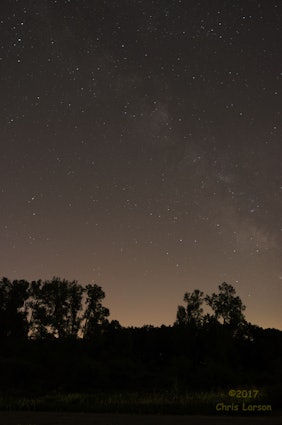
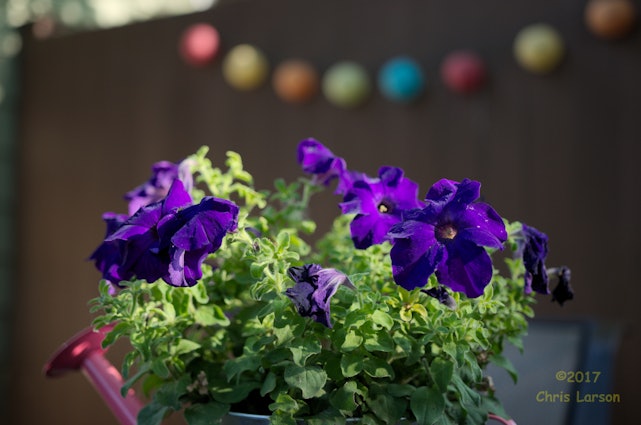

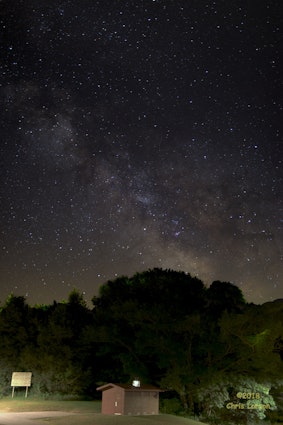
For years I kept the Nikon 17-35mm F2.8 FX lens on my Amazon wish list, but never could justify spending money toward it. I managed to not notice the release news about this first in the Sigma Art series. Once I discovered this as a drop and researched it, I was sold. When I do landscapes outdoors (a favorite subject of mine), I tend to work in the wide-angle range. My superzoom Tamron 18-270mm goes down to my working range, but it is not at it's best optically in the wide range. I also have a 35mm f1.8G which I like well-enough for indoor work, but not always wide enough for me. So I have a place for this lens. It can effectively replace the 35mm prime, the optical quality is that good. But the 35mm prime is half the size and weight, so it always keeps a place in the bag for indoor snapshots.
The lens is longer and heavier than my previously mentioned Tamron 18-270mm DX lens. Really the dimensions are close to my Tamron 90mm prime. Quite solid. Zoom and focus do not change the length of the lens. The controls are minimal, with a zoom ring in the middle and focus ring near the front of the lens. There is a switch for autofocus on/off. No vibration-compensation, but this focal range doesn't need it so much. Lens hood works like most do, it can be stored in reverse to make room in a camera bag, but the manual focus ring cannot be used in this configuration. Images are great. There is some very minor complex distortion optically that may show more at certain focal lengths when taking photos of brick walls. If you shoot RAW and your software allows you to use the Adobe lens profiles (there is one for this lens) that distortion can be removed. Really, even my Nikon 35mm f1.8G gives some barrel distortion, so this is not that big of a thing. The professional reviews discuss it in detail. And before I forget, Sigma really has quality lens storage cases, and one is included. Instead of the cylindrical-shape of other brand cases, Sigma has squared-sides that won't roll off a table if knocked over. Nicely padded too.
I have some sample photos. The night-sky was my attempt to photograph the Milky Way, but my spot had a bit much light pollution. I really was out and hoping for Aurora Borealis that night, but it never happened.




Recent Activity
